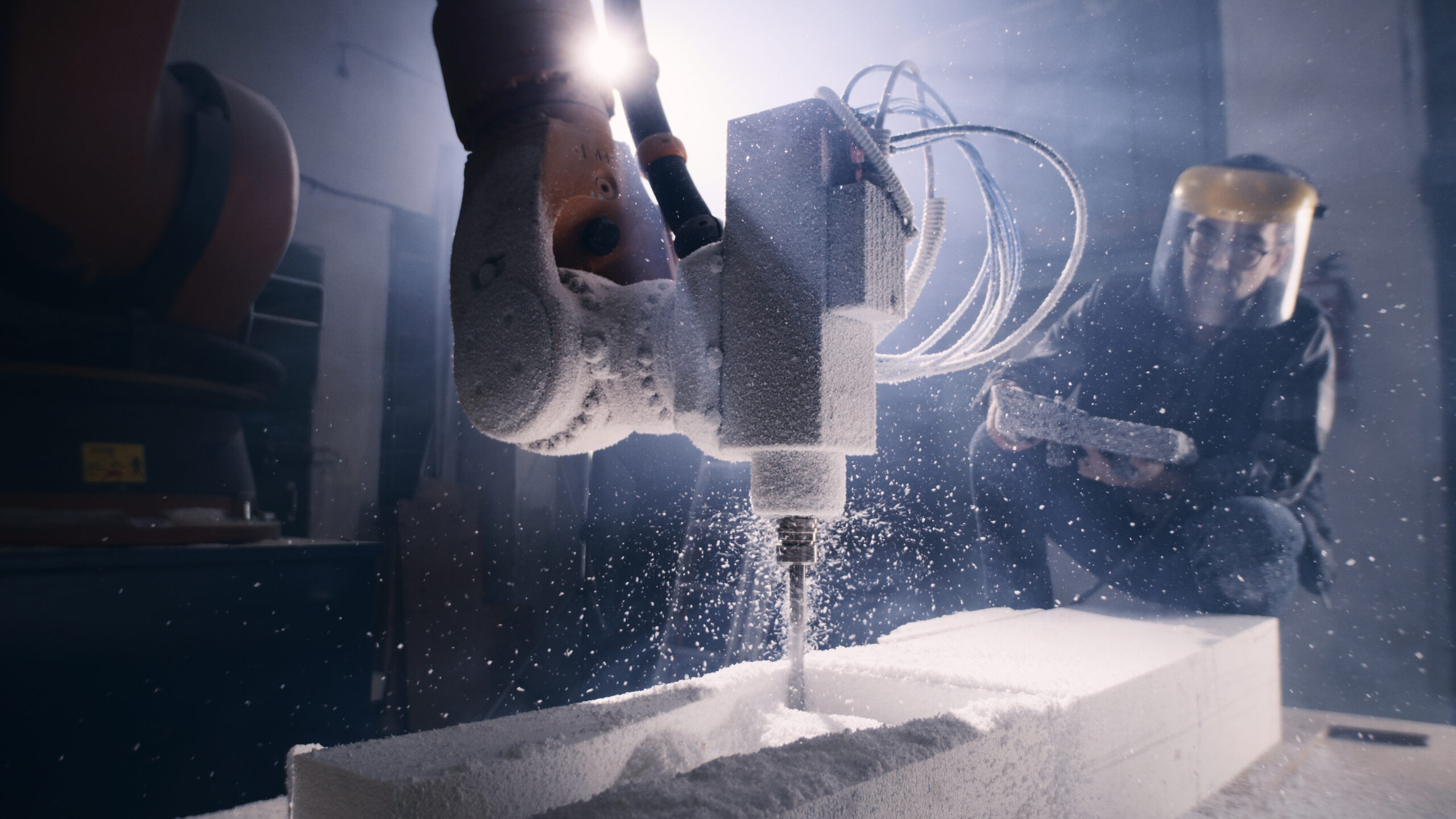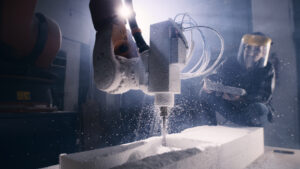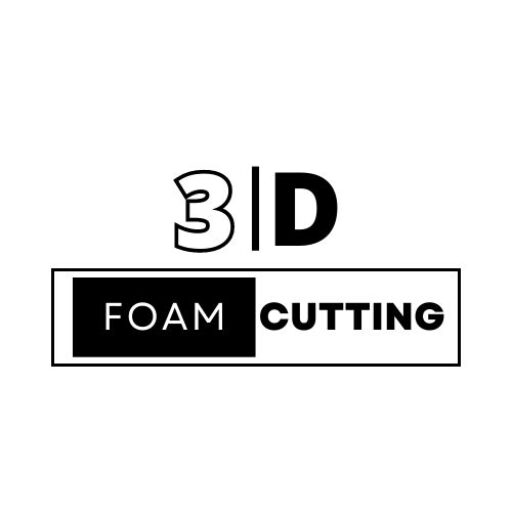What is Ploystyrene

Exploring the Versatility of Polystyrene: A Comprehensive Guide by 3D Foam Cutting
Introduction:
Welcome to our blog, where we delve into the world of polystyrene and its remarkable applications. At 3D Foam Cutting, serving the Brisbane to Gold Coast region, we specialize in harnessing the potential of polystyrene to create stunning architectural models, 3D sign writing, intricate mouldings, captivating interior decorations like 3D wall panels, as well as eye-catching shop front and mall displays. Join us on this journey as we uncover the various types of polystyrene, how it’s made, its recyclability, positive environmental impact, strength when polyurethane coated, and its cost-effectiveness.
- Types of Polystyrene:
Polystyrene comes in two main forms: expanded polystyrene (EPS) and extruded polystyrene (XPS). EPS is lightweight, rigid, and consists of small, interconnected beads. XPS, on the other hand, has a denser composition and offers improved thermal insulation properties.
- What is Polystyrene Made From?
Polystyrene is derived from styrene, a petroleum-based product. The styrene monomer undergoes a polymerization process, forming long chains of polystyrene molecules. These chains give polystyrene its unique properties, making it an excellent material for a wide range of applications.
- How Polystyrene is Made:
The manufacturing process of polystyrene involves heating and expanding polystyrene beads (in the case of EPS) or extruding a molten mixture of polystyrene and additives (in the case of XPS). The result is a lightweight material with excellent insulation, shock absorption, and versatility.
- Recyclability of Polystyrene:
Polystyrene is highly recyclable and can be repurposed into new products. Through efficient collection systems and recycling facilities, we can contribute to reducing environmental waste and conserve valuable resources.
- Positive Environmental Impact:
Polystyrene’s lightweight nature and thermal insulation properties offer energy-saving benefits, reducing carbon emissions in buildings and transportation. Additionally, its recyclability helps reduce landfill waste and the demand for virgin materials.
- Applications of Polystyrene:
- Architecture: Polystyrene is widely used in architectural models, enabling designers to create detailed and intricate prototypes quickly and cost-effectively.
- 3D Sign Writing: Polystyrene’s versatility allows for the creation of eye-catching 3D signs that attract attention and leave a lasting impression.
- Moulding: Polystyrene’s malleability makes it an ideal material for creating custom molds used in various industries, including manufacturing and construction.
- Interior Decoration: Polystyrene 3D wall panels add depth and texture to interior spaces, providing a visually striking and cost-effective design solution.
- Shop Front and Mall Displays: Polystyrene’s lightweight and easy-to-shape properties make it an excellent choice for creating captivating displays that showcase products and enhance the overall aesthetic appeal of retail environments.
- Strength of Polyurethane Coated Polystyrene:
Applying a polyurethane coating to polystyrene enhances its durability and resistance to impacts, weathering, and wear. This protective layer ensures that polystyrene-based structures and products maintain their quality and longevity.
- Cost-Effectiveness of Polystyrene:
Polystyrene offers a cost-effective solution for various applications, thanks to its affordability, ease of production, and versatility. Its lightweight nature also contributes to lower transportation costs and ease of installation.
Conclusion:
Polystyrene, with its diverse range of applications and benefits, continues to revolutionize


